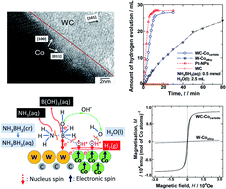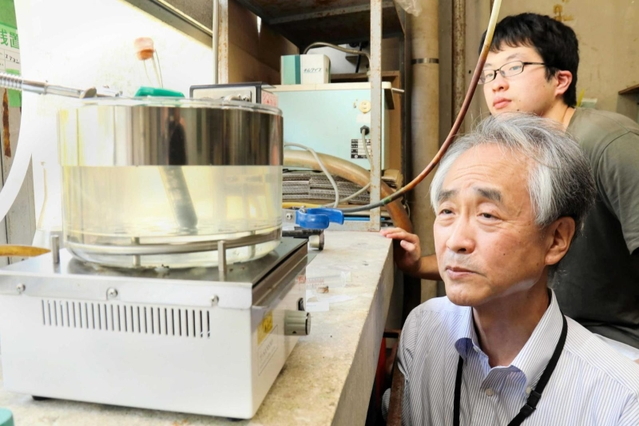

University of Hyogo: Hydrogen extraction, high-efficiency new catalyst development: Tungsten carbide (WC)
-Momentum for next-generation energy utilization, high efficiency comparable to platinum-
University of Hyogo
Professor Morishita:
Hydrogen is attracting attention as next-generation energy.
When removing from hydrogen compounds
Generate with high efficiency comparable to expensive platinum,
Succeeded in developing an alternative catalyst.
It can be expected to be applied to technology that uses hydrogen safely.
The results were published in the journal of the Royal Society of Chemistry.
Tungsten Carbide (WC):
Professor Morishita focused on “tungsten carbide (WC), which has a similar electron configuration but does not function as a catalyst” as a substitute for platinum.
When cobalt nanocrystals were added to WC, “hydrogen can now be extracted with the same level of efficiency as platinum.”
Kobe Shimbun NEXT |
https://www.kobe-np.co.jp/news/sougou/202108/0014620817.shtml
Catalytic activity of Co-nanocrystal-doped tungsten carbide arising from an internal magnetic field
Abstract
Pt is an excellent and widely used hydrogen evolution reaction (HER) catalyst.
However,
it is a rare and expensive metal, and alternative catalysts are being sought to facilitate the hydrogen economy.As tungsten carbide (WC)
has a Pt-like occupied density of states, it is expected to exhibit catalytic activity.However,
unlike Pt, excellent catalytic activity
has not yet been observed for mono WC.One of the intrinsic differences between WC and Pt
is in their magnetic properties; WC is non-magnetic, whereas Pt exhibits high magnetic susceptibility.
In this study,
the WC lattice was doped with ferromagnetic Co nanocrystals to introduce an ordered-spin atomic configuration.Catalytic activity of Co-nanocrystal-doped tungsten carbide arising from an internal magnetic field
The catalytic activity of the Co-doped WC was ∼30% higher than that of Pt nanoparticles for the HER
during the hydrolysis of ammonia borane (NH3BH3),which is currently attracting attention as a hydrogen fuel source.
Measurements of the magnetisation, enthalpy of adsorption, and activation energy
indicated that the synergistic effect of the WC matrix promoting hydrolytic cleavage of NH3BH3
and
the ferromagnetic Co crystals interacting with the nucleus spin of the protons was responsible for the enhanced catalytic activity.
This study
presents a new catalyst design strategy based on the concept of an internal magnetic field.The WC–Co material presented here
is expected to have a wide range of applications as an HER catalyst.RSC Advances (RSC Publishing)
https://pubs.rsc.org/en/content/articlelanding/2021/ra/d1ra01181b